Generating random user data can be a useful feature in many projects, whether for testing, prototyping, or simply simulating user behavior. In this tutorial, you will learn how to effectively retrieve random user data using the Random User Generator API in Python. We will focus on creating a clean and functional connection to the API so that you can easily generate first names, last names, and other data.
Key insights
- You will learn how to send an HTTP GET request to the Random User Generator API.
- The output of the data will be in JSON format, which increases the value and usability of the data.
- We will append parameters to our API requests to obtain targeted data.
Step-by-step guide
Step 1: API documentation and basic concept
Before you start programming, take a look at the API documentation to gain a better understanding of which parameters are available and how to use them. The API provides not only information about gender and names but also supports various formats such as JSON and XML.
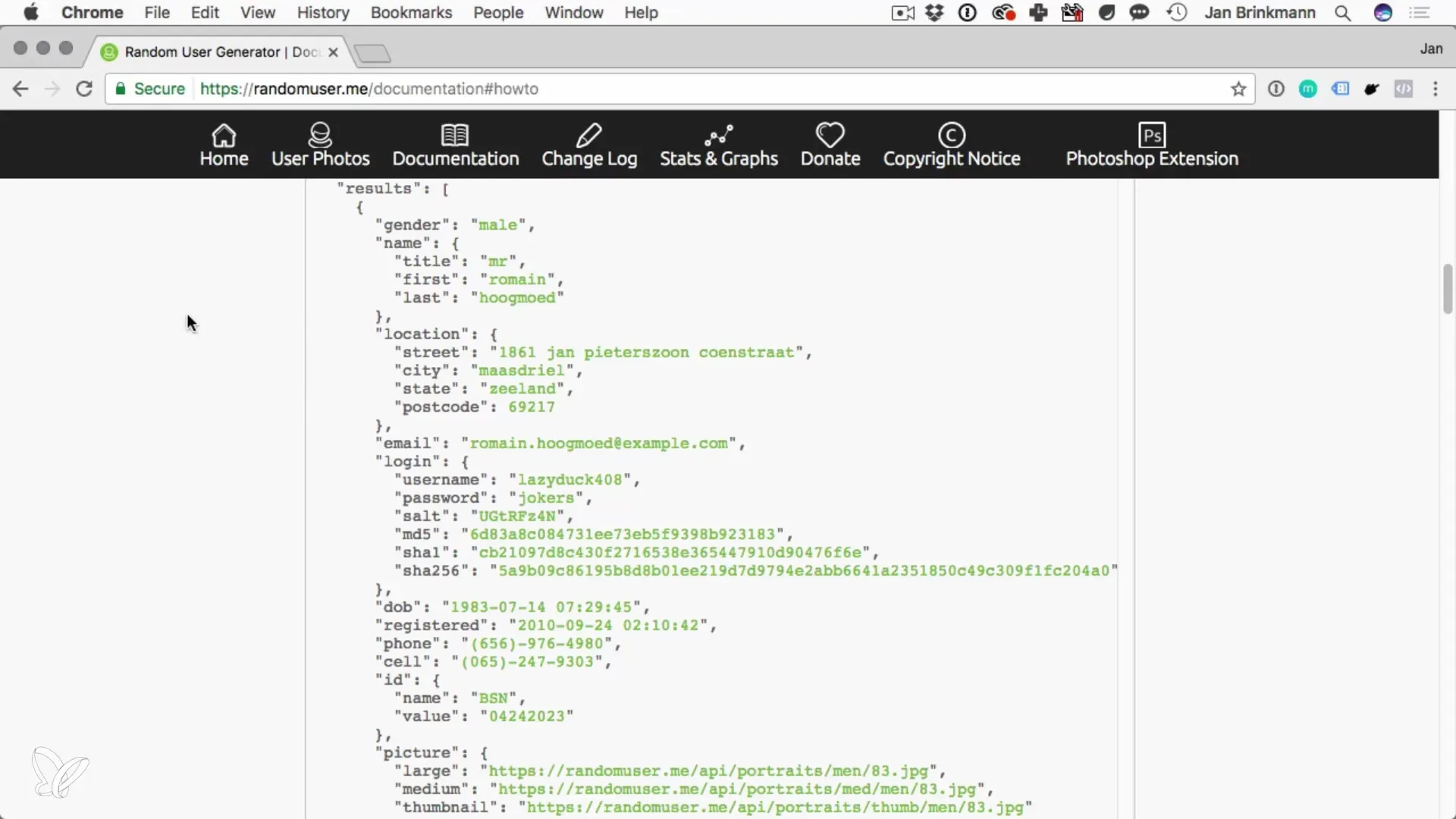
Step 2: Installing the required libraries
Make sure the necessary Python libraries are installed. To work with HTTP requests, we will use the urllib library, which is included in Python. Alternatively, you can also use the requests library, which provides many useful functions for HTTP requests.
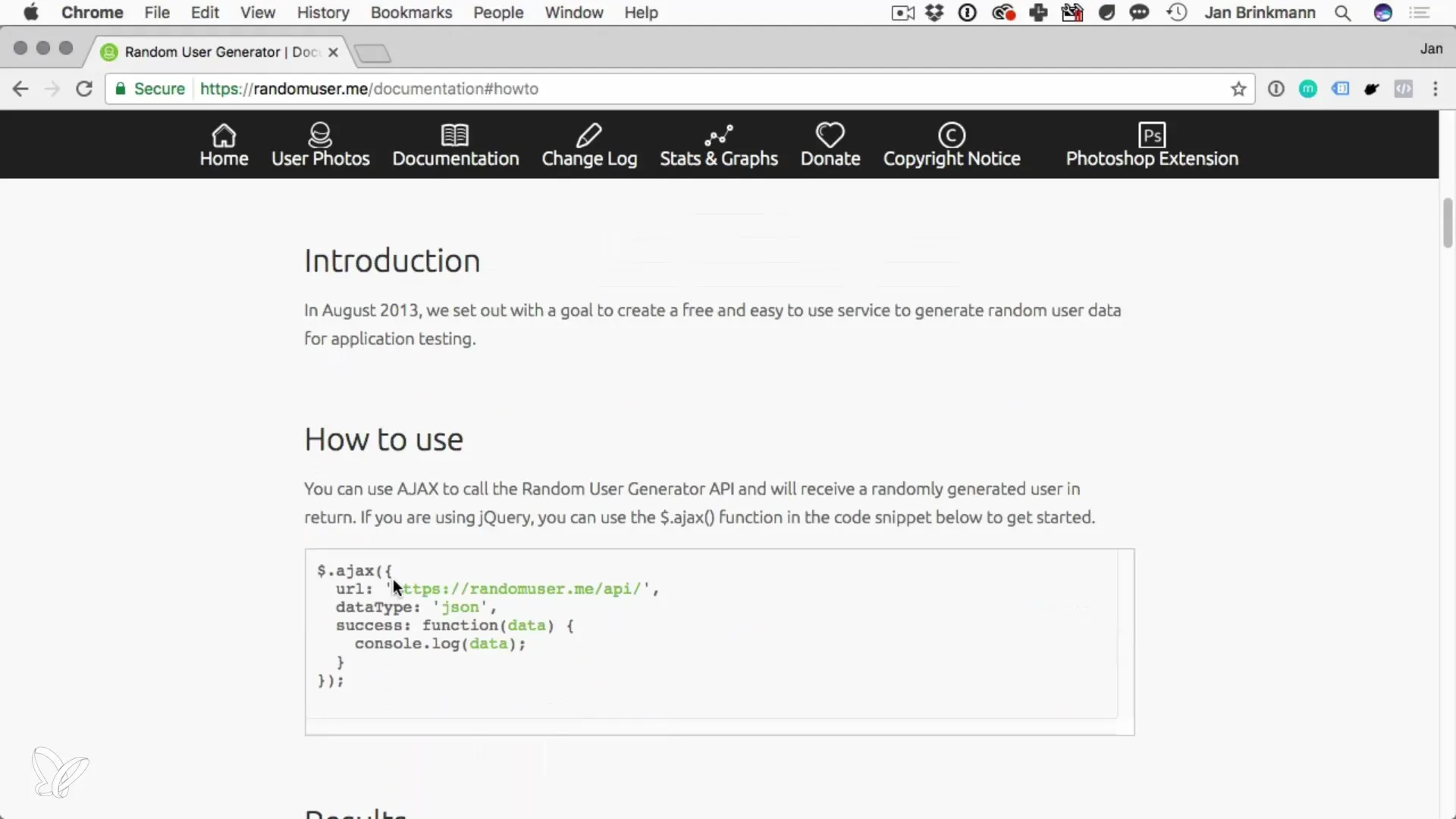
Step 3: The HTTP client
Create a file in your working environment, e.g., http_client.py, and start by importing the necessary modules: urllib.request, json.
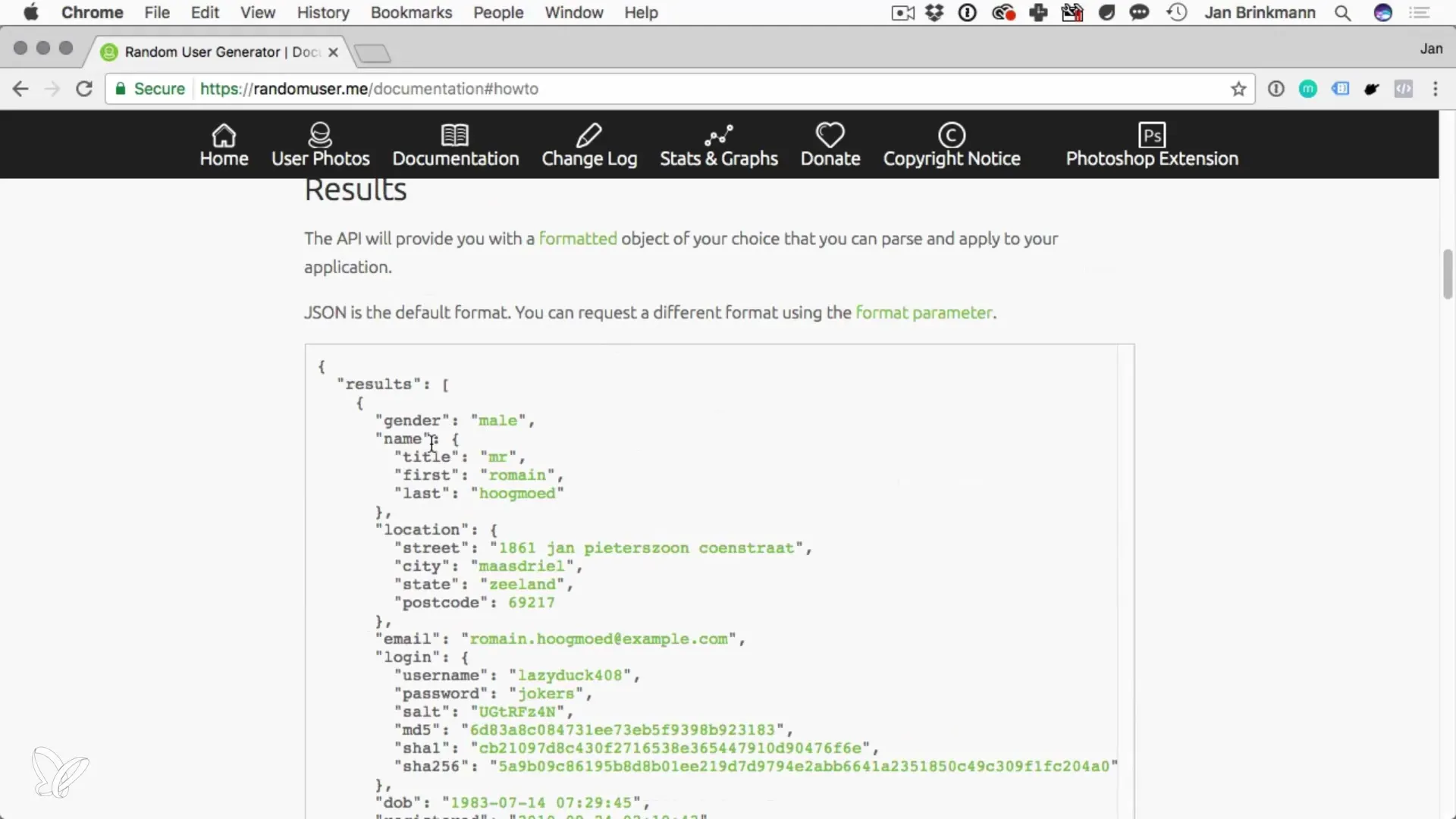
Step 4: Creating the URL
Now you define the base URL and append the required parameters. In this case, we are using the json format and the nationality.
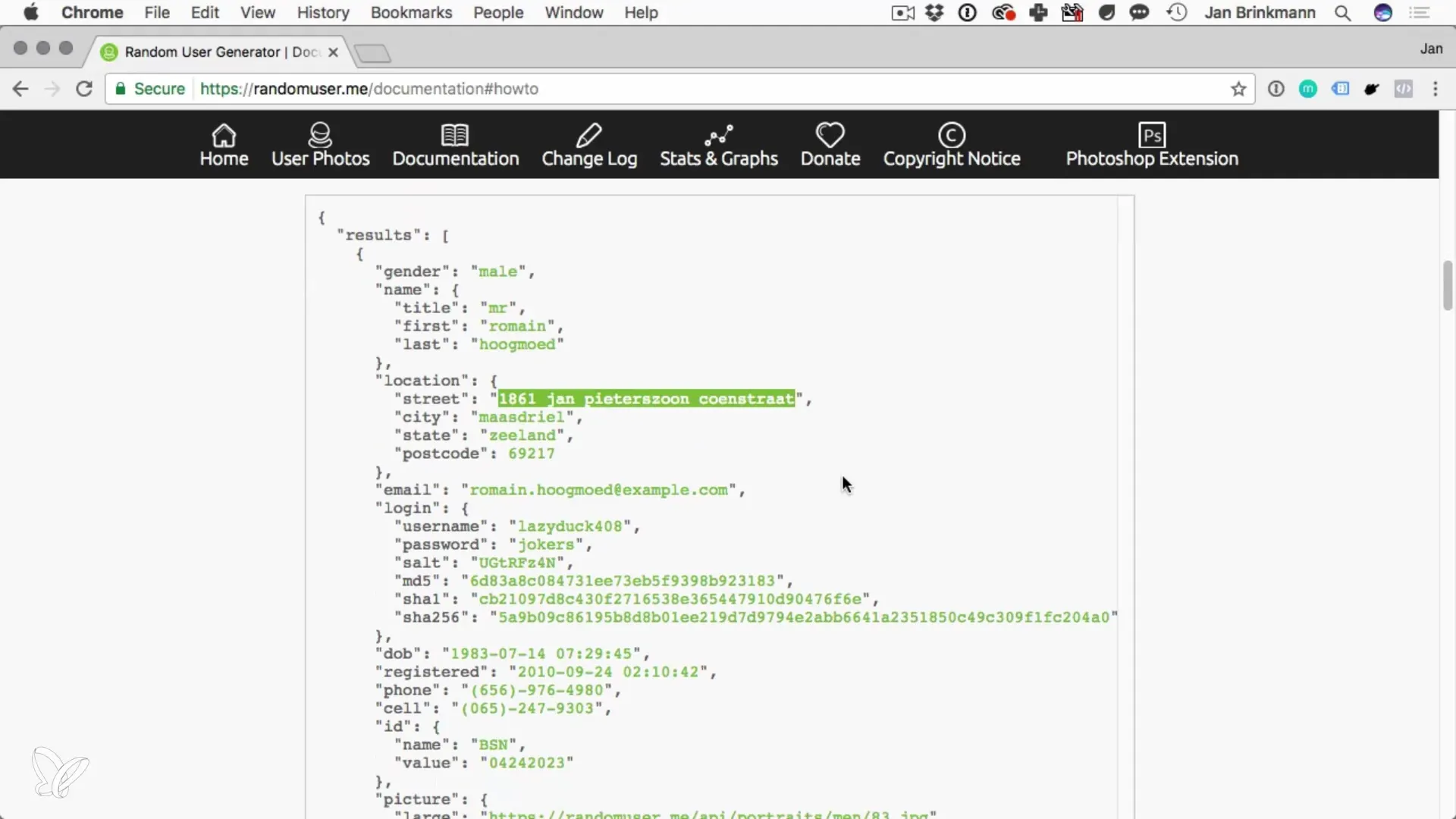
Step 5: Performing the request
With the created URL, you now perform a GET request. Ensure that the connection is successful and that you receive the data.
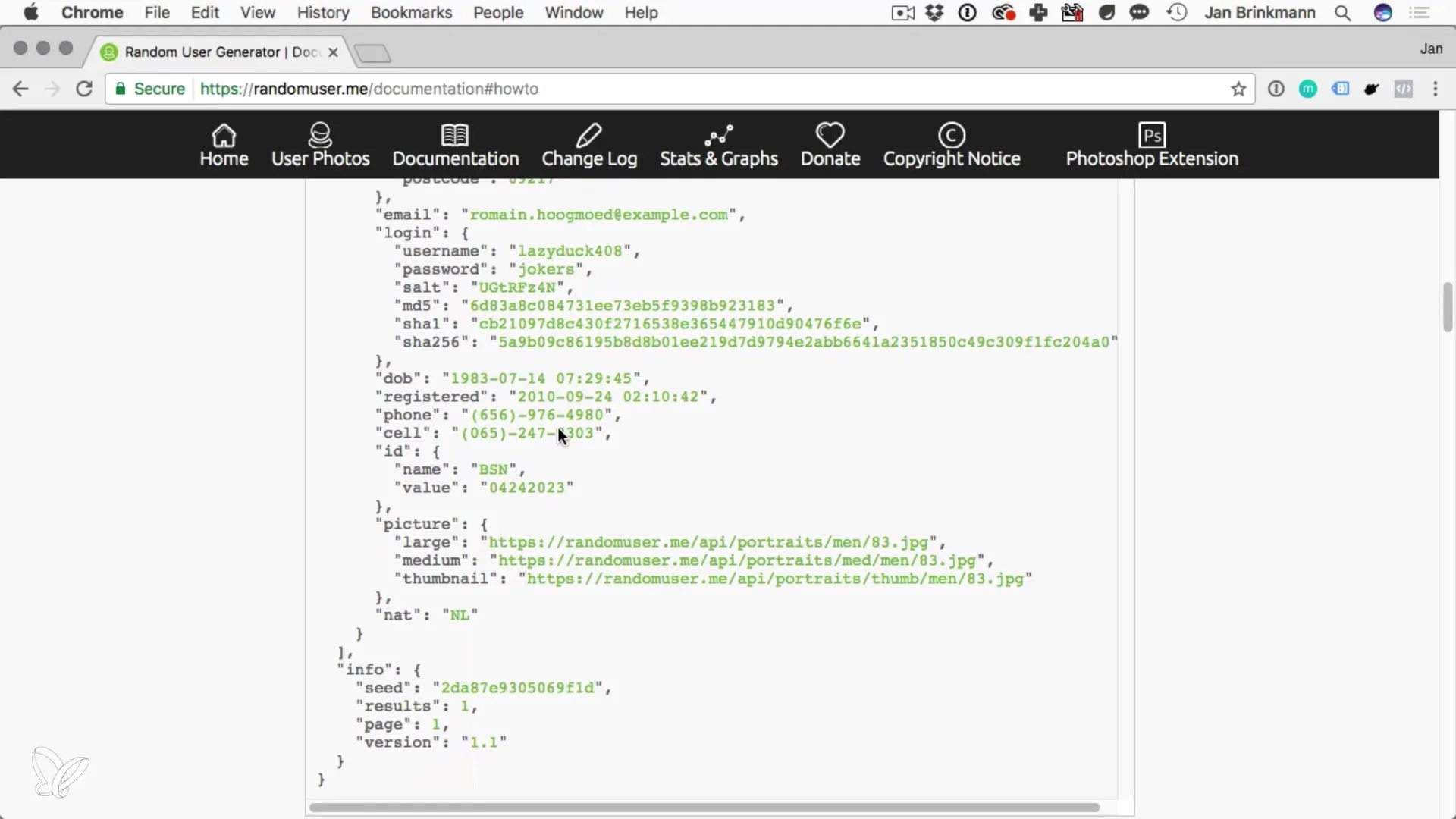
Step 6: Decoding JSON data
Once you have received the data, decode it into a readable format.
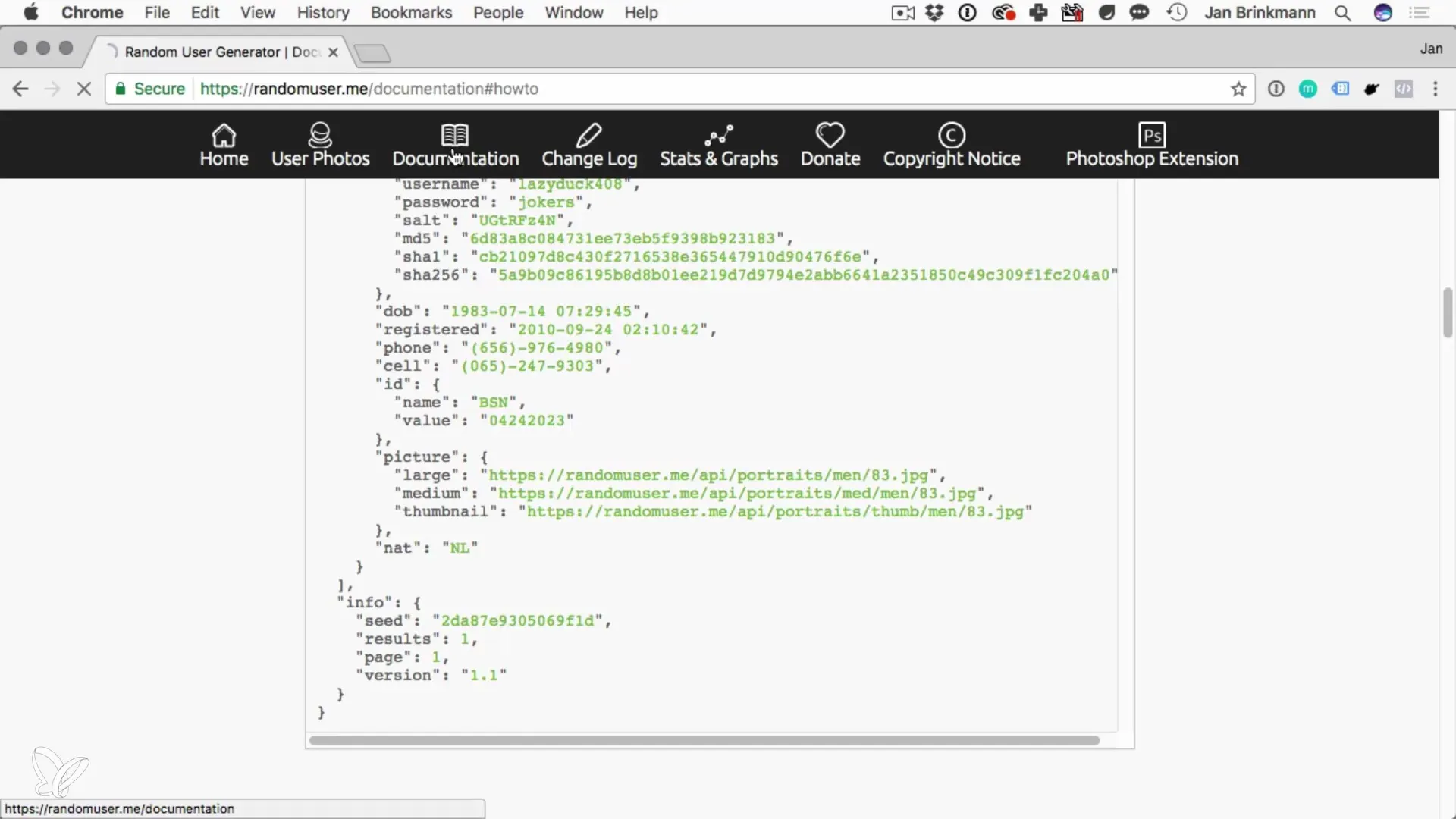
Step 7: Accessing user data

Step 8: Implementing error handling
To ensure that your program remains stable even with erroneous requests, implement basic error handling.
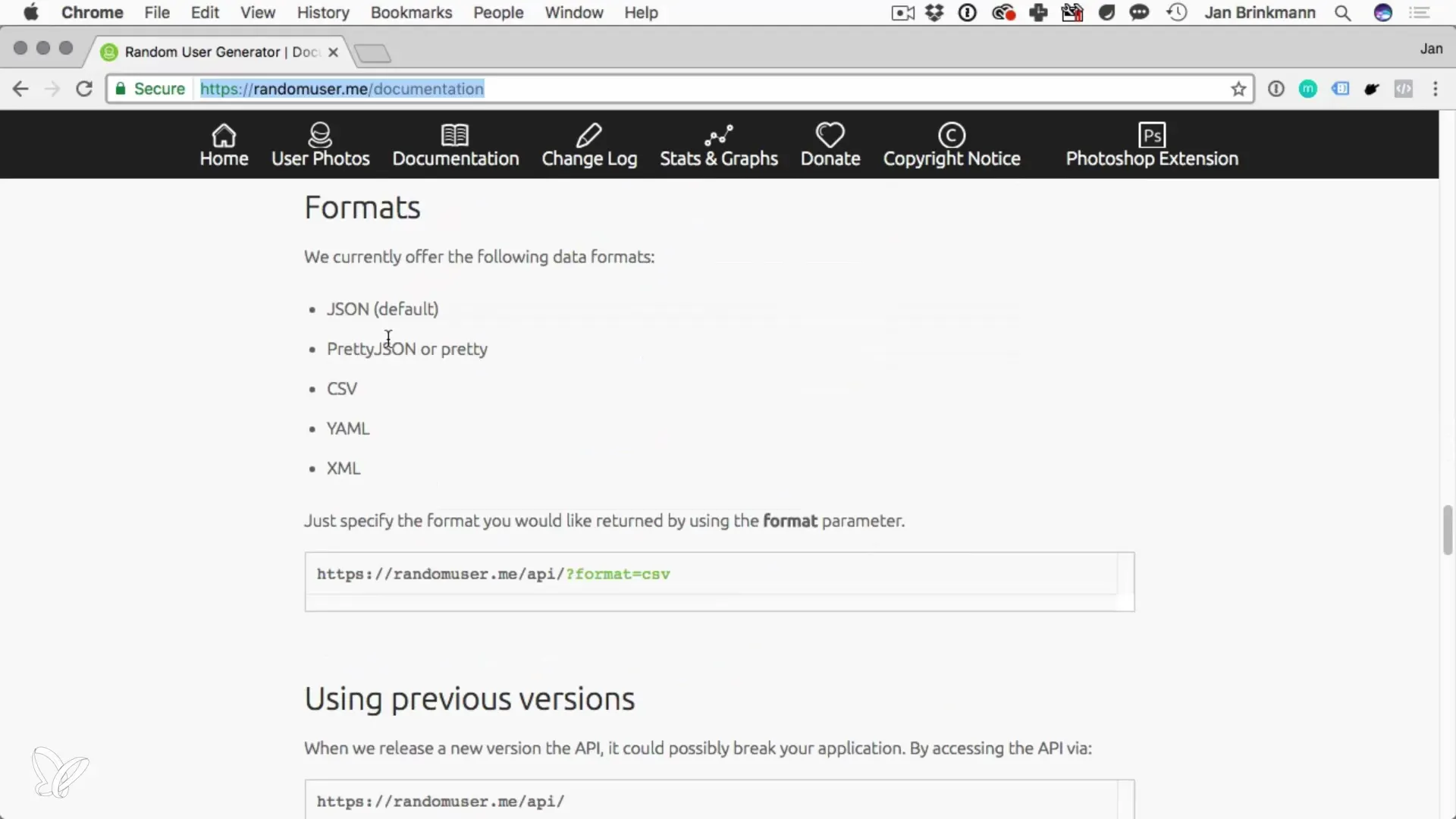
Step 9: Testing the script
Run the entire script and check if you receive the desired information through the console. Ensure that no errors occur during the retrieval, and that you successfully display the user data.
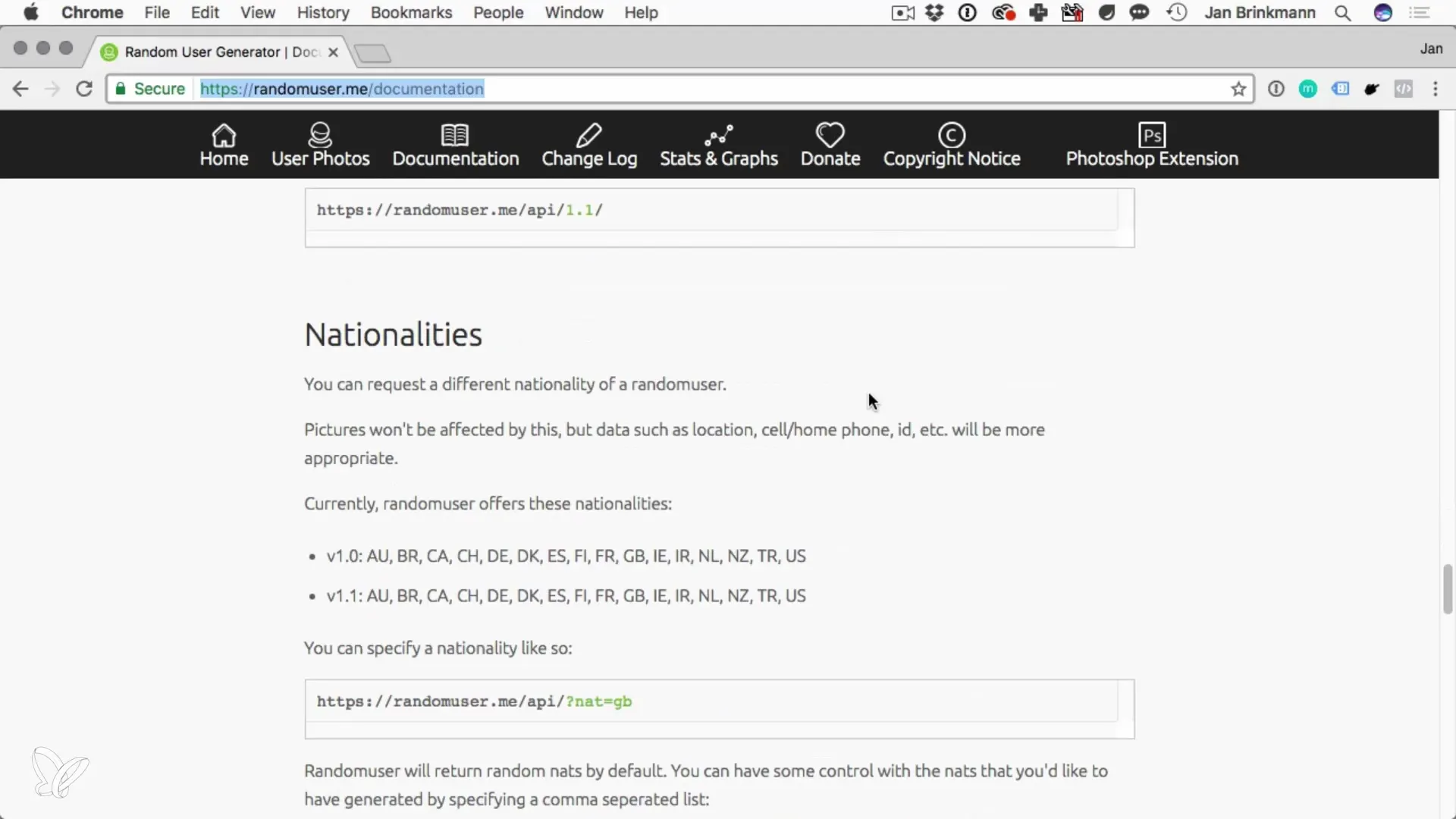
Step 10: Additional parameters and customizations
You can extend your script by adding more parameters to generate more data. Experiment with different options to get a more comprehensive picture of the possibilities.
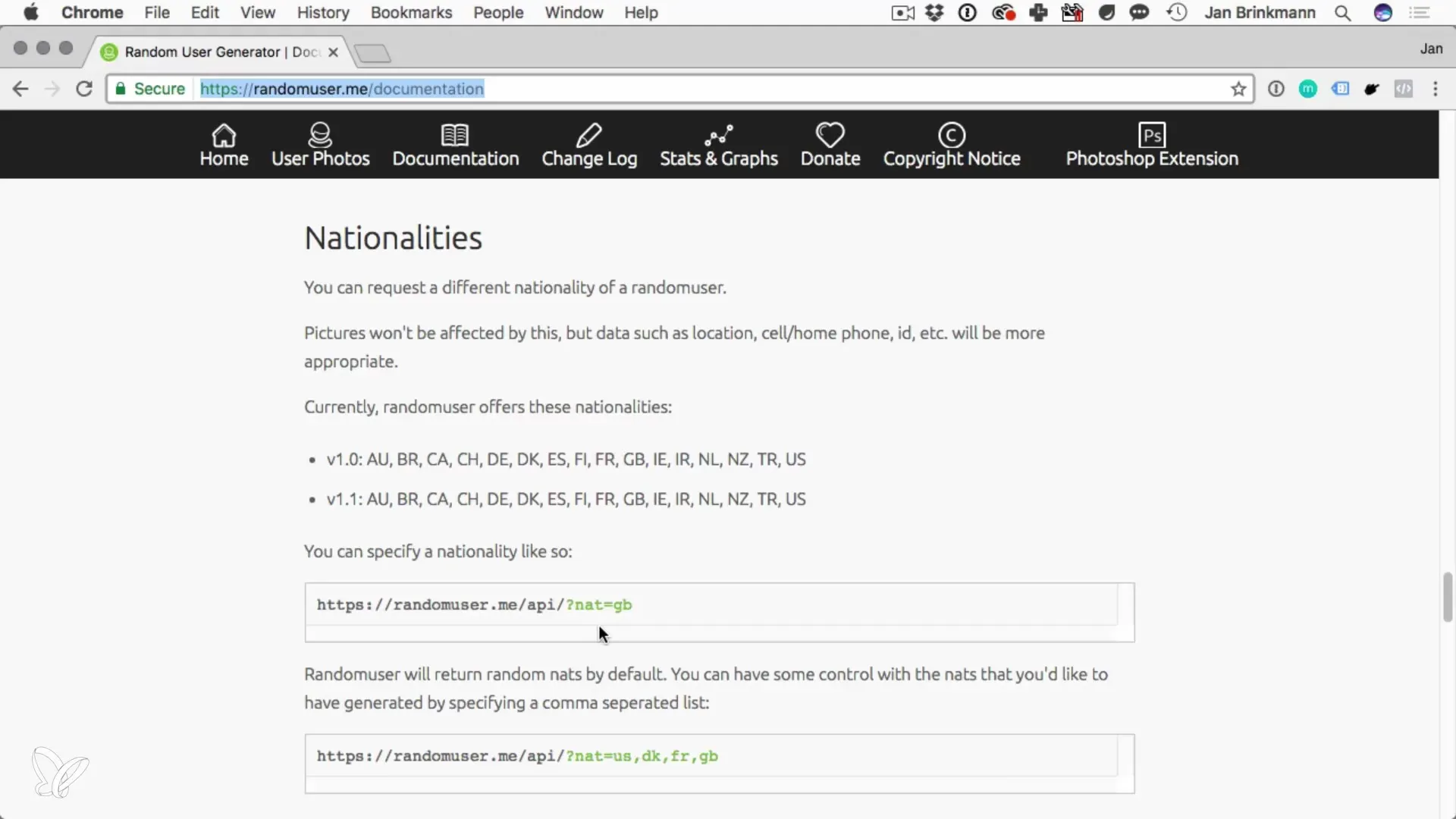
Summary – Guide to using Random User Generator in Python
In this guide, you learned how to establish a connection to the Random User Generator API and query random user data. By using the basic structure of an HTTP request in Python, you were able to successfully retrieve data in JSON format and access it. You can now use this knowledge to generate realistic user data in your projects.
Frequently Asked Questions
What is the Random User Generator API?The Random User Generator API is an open API that generates random user data.
How can I use the API in Python?Use the urllib or requests library to send HTTP GET requests to the API.
What parameters can I pass to the API?You can pass parameters such as results, nat for nationality, and gender for gender selection.
How do I download the JSON format?By using urllib.request.urlopen() and decoding the response with json.loads(), you will get the data in JSON format.
Is there error handling for HTTP requests?Yes, implement try-except blocks to catch HTTP or URL errors.


